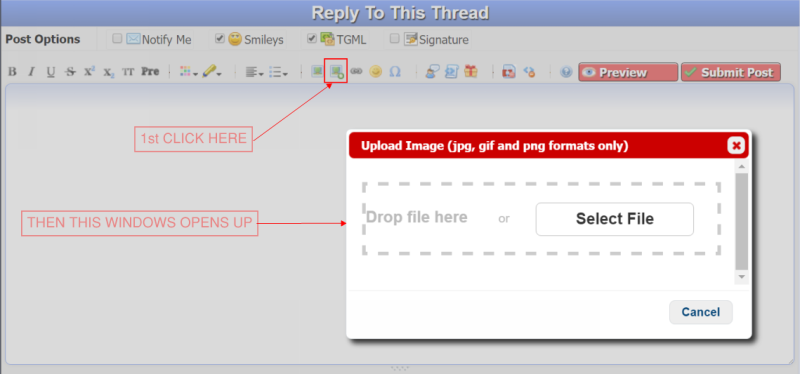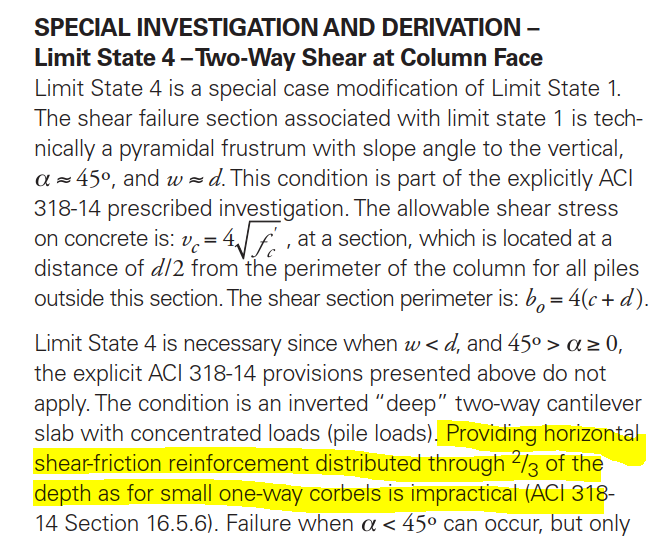I am wondering what the best way to design a short cantilever beam where the overhang cantilever is less than the depth of the beam. My current situation applies to a cantilevered grade beam picking up a column above.
If I design for the centerline shear and moment I need a lot of shear reinforcement which for some reason doesn't seem right or necessary. Any suggestions on how to approach this situation? It seems like there should be a Strut and Tie method that would work but I don't do much strut and tie stuff.
See attached for a quick sketch.
Thanks!
EIT
www.HowToEngineer.com
If I design for the centerline shear and moment I need a lot of shear reinforcement which for some reason doesn't seem right or necessary. Any suggestions on how to approach this situation? It seems like there should be a Strut and Tie method that would work but I don't do much strut and tie stuff.
See attached for a quick sketch.
Thanks!
EIT
www.HowToEngineer.com



